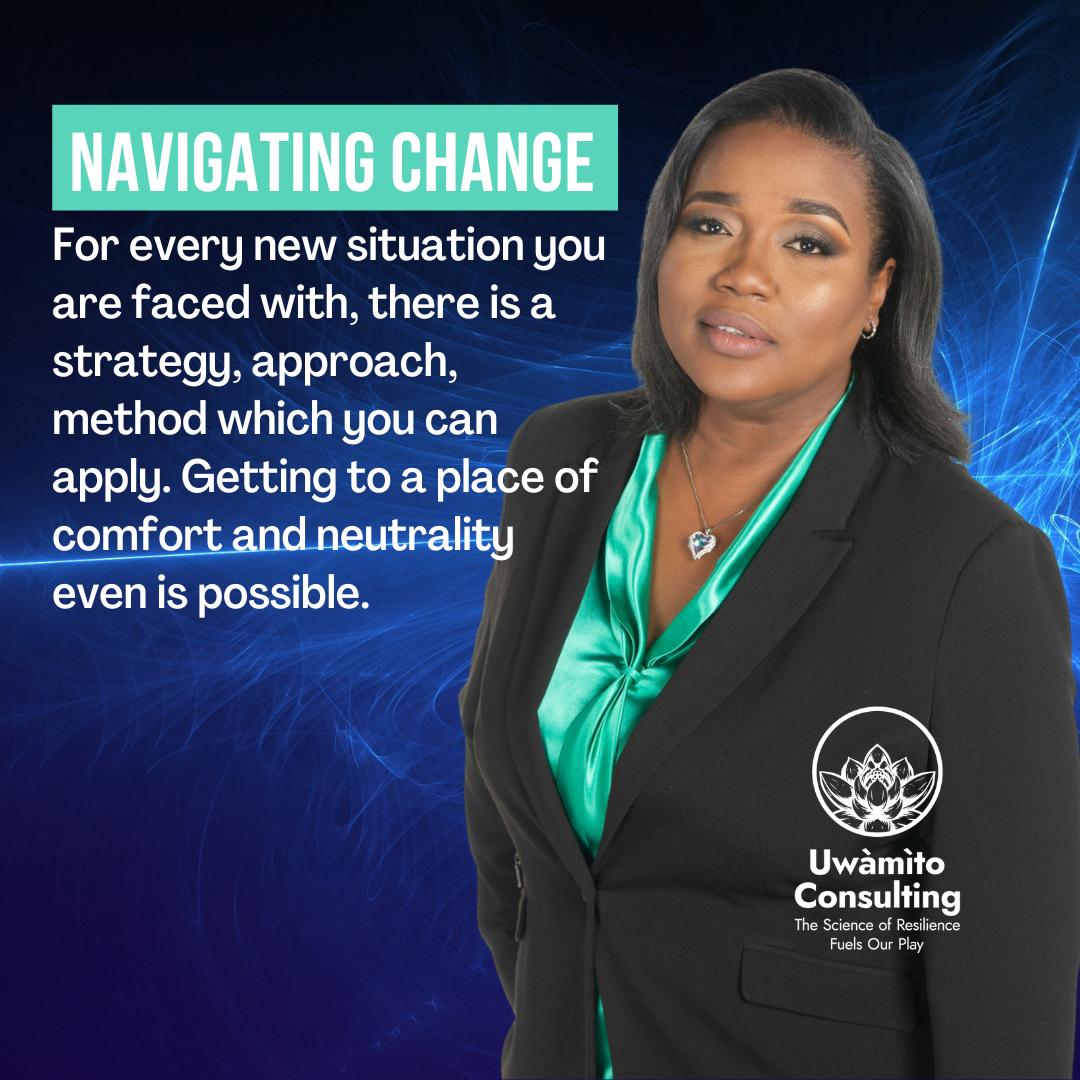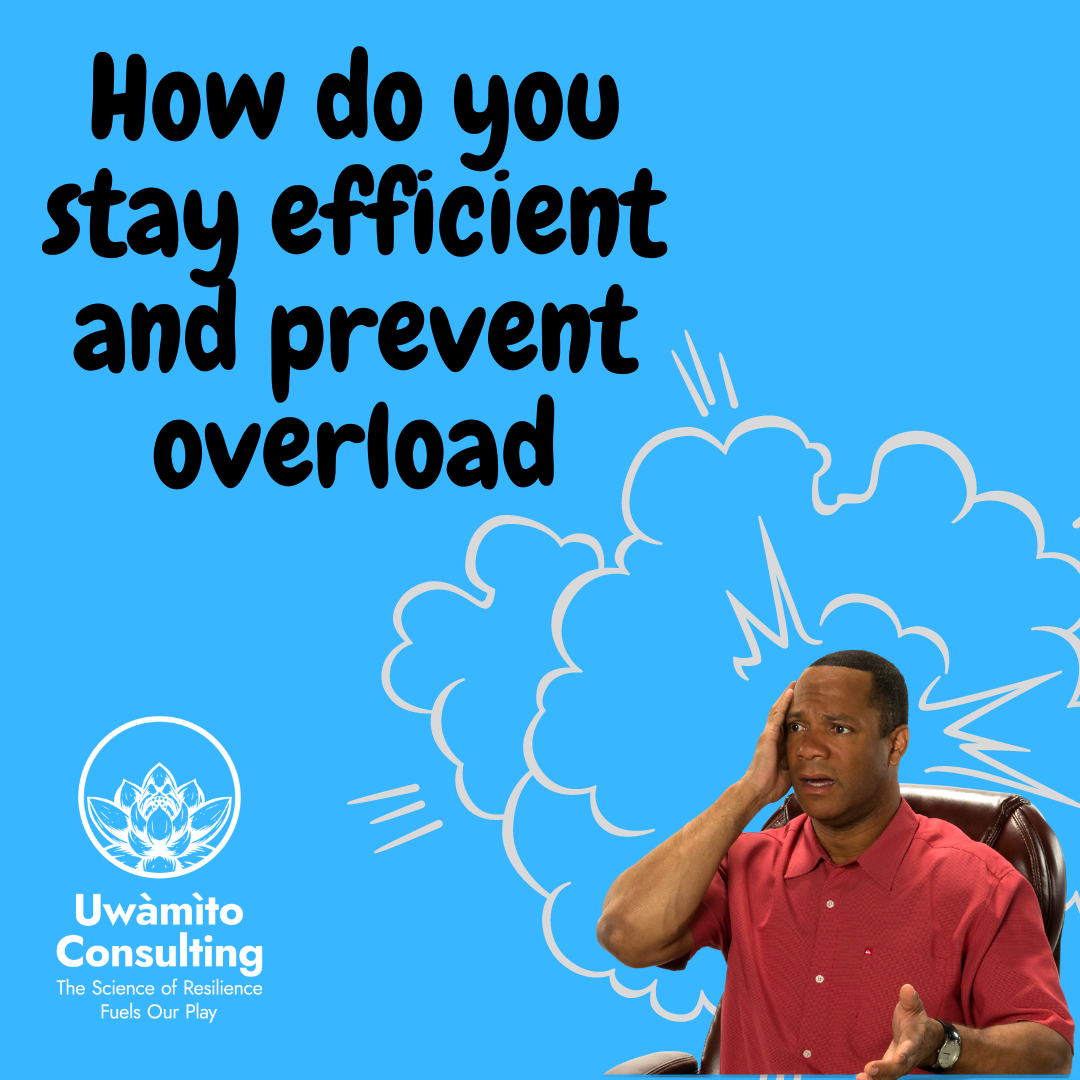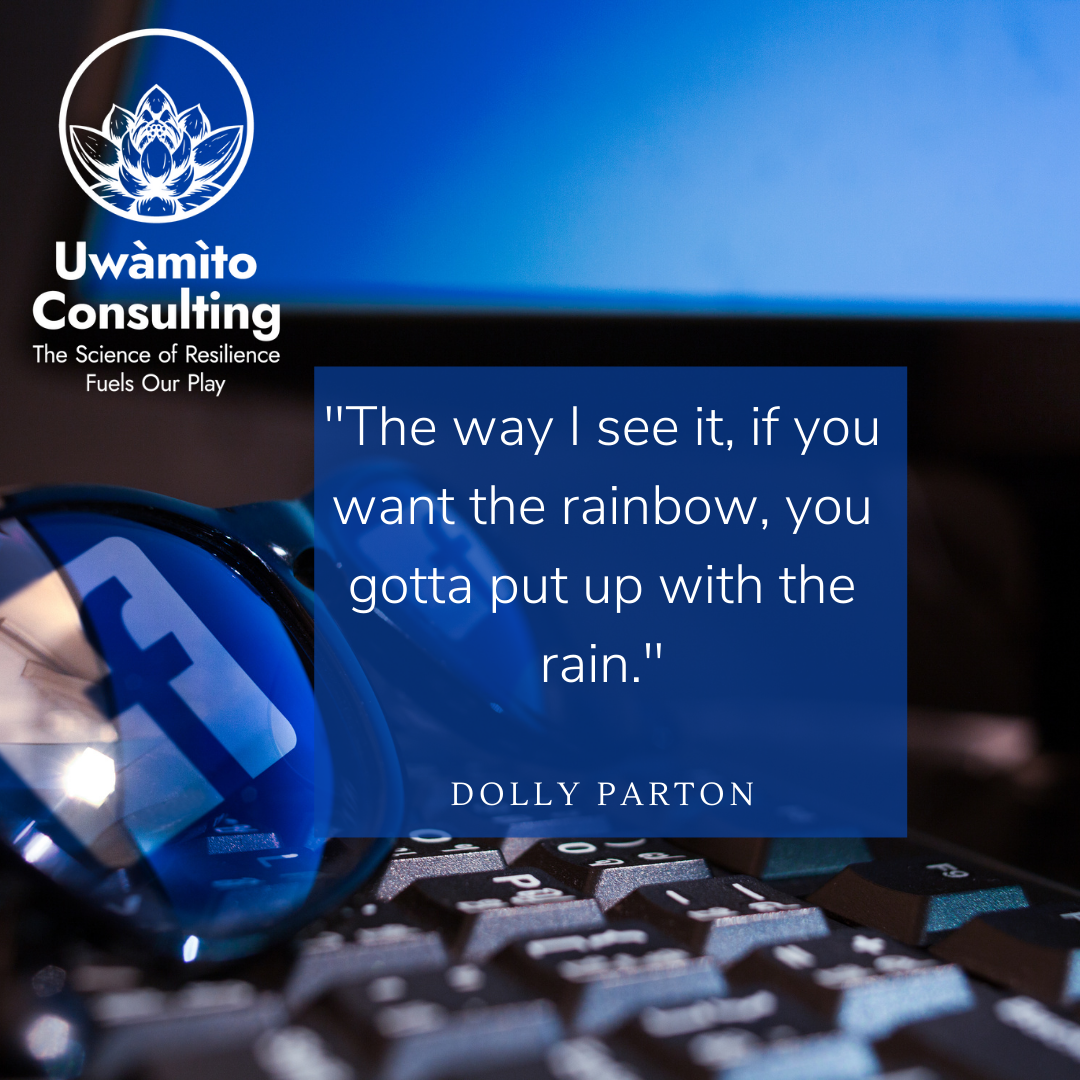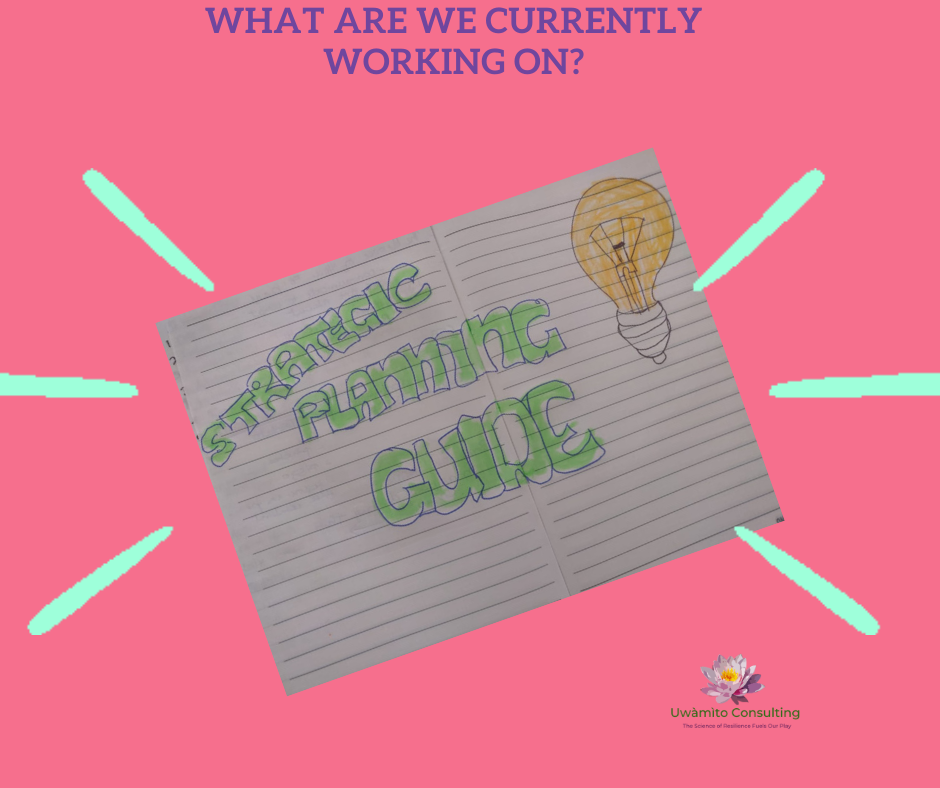It's a tough time to be a business owner but taking some action to prepare for the next recession could help you stay afloat. Here are several steps you can take today to be ready for tomorrow.
Have a financial plan.
A financial plan is a detailed document that outlines your goals, how much you have to invest, and what steps you need to take to accomplish those goals. According to Dina Kaplan and Scott Mecum, authors of The Financial Plan Handbook: A Step-By-Step Guide To Writing Your Own Personal Budget, there are three key elements of creating a financial plan:
Setting realistic goals based on your values and priorities
Understanding the importance of saving regularly and sticking with it
Developing an investment strategy that matches your risk tolerance
Have a budget and track your spending.
Once you have identified your goals, it’s time to make a budget. You can use an online calculator or spreadsheet to do this, or just figure out how much money you have coming in each month and subtract that from the total amount of money needed to pay all your bills. The difference will be how much is left over for paying off debt, investing for retirement and other financial goals.
Keep track of what you spend every month on things like food and gas so that when times get tough, there won't be any surprises about how much more might need to go toward necessities such as groceries or transportation costs. In addition to keeping track of these expenses in a paper notebook or digital app like Mint (which allows users access through their computer browser), many people find it helpful to write down their budget numbers directly on their bank account statements so they can see exactly where their hard-earned cash goes each month—and often times where it doesn't go!
Build your emergency fund.
Building an emergency fund can be a daunting task if you're just starting out. The idea of building up to six months' worth of expenses is downright scary, especially if you've never had savings before. But it's important to start somewhere, so here's some advice for how to get started on building your emergency fund:
Start small and work up from there. You don't need to save all $6,000 or whatever in one go—just use the money from each paycheck until you have enough saved up for an emergency (or at least for most emergencies). If this means saving $5 per paycheck, then do it! It'll add up over time and help ensure that when something bad happens—say your car breaks down or there's a big medical bill—you won't have to resort immediately back into debt because there aren't any other options available besides borrowing money at high rates (and potentially losing credit).
Consider putting part of your savings into a high-yield online bank account like Ally Bank or Capital One 360 so that interest will build faster than what you'd get with most traditional financial institutions; remember though that these types of accounts generally charge higher fees than traditional banks so keep this in mind when making decisions about where best
Don’t try to time the market.
A recession is a time of uncertainty, and it's natural to think about what might happen. But the truth is that no one knows exactly how bad a recession will be or when it will start. Trying to time the market can be an expensive and stressful experience, so don't do it. Instead, focus on your long-term goals and stick with them through good times and bad.
Reduce or eliminate discretionary spending.
To reduce or eliminate discretionary spending, it's important to know exactly what you're saving for. The best way to do this is by setting a budget and sticking with it. If you don't already have a budget, start with one of the dozens of free online tools available that can help you create one.
If your income is adequate, try not to change anything about your lifestyle — just cut back on frivolous things that aren't necessities like eating out often or buying new clothes. You should also be sure not to spend money on things that aren't necessities: if something breaks in your house while you're using it as part of an experiment (such as breaking through ice), fix it instead of replacing it with something new.
Conclusion
Now that we’ve covered all the basics of preparing for a recession, we hope you feel a bit more confident in your ability to make smart financial decisions during these uncertain times. Sure, it can be scary to think about losing your job or having trouble paying the bills, but with some careful planning and preparation, you can minimize that fear and even come out on top when the recession is over. Remember: nothing will protect you 100% against everything that could happen. But when you take an active role in planning ahead like this, you can reduce your worry and be better prepared in case something does go wrong.






